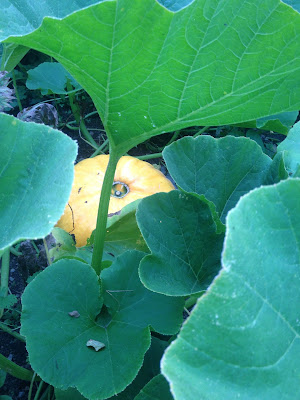 |
| Still lots of flowers |
 |
| If you watch long enough you can see it growing! |
There's a red hardy fuchsia round the back of Hill Top away from the public area which matches one that Beatrix described in one of her letters. It's flowering beautifully at the moment and really deserves a wider audience. It's an old bush so rather than try to dig it up and risk it dying in the process I decided to propagate it from cuttings.
Fuchsias are very easy to grow from cuttings, just select healthy, non-flowering shoots and snip them off with secateurs. Remove most of the leaves and trim them to about 5cm long.
Then dip the bases in hormone rooting powder and 'dibble' them into a pot of compost with a pencil or a bamboo cane.
Water them well and put a clear plastic bag over the pot to stop the cuttings from drying out. Put the pot somewhere shady.
After a couple of weeks remove the poly bag and put the pot in a greenhouse or on a sunny windowsill. When you can see roots coming out of the bottom of the pot, tip the cuttings out and pot them up seperately. Keep them in their pots over the winter and plant them out in the garden (or a bigger pot) in the spring. It's as easy as that!
See you next time.
Words and pictures by Pete the Gardener.


